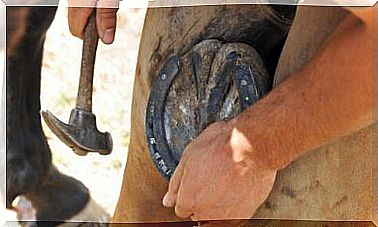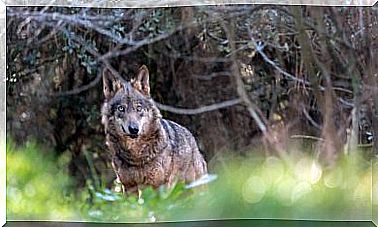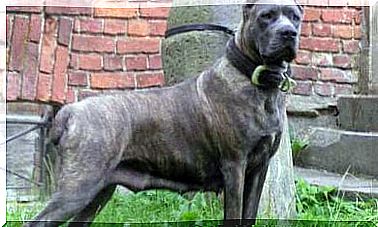The Hare, In Danger Of Extinction
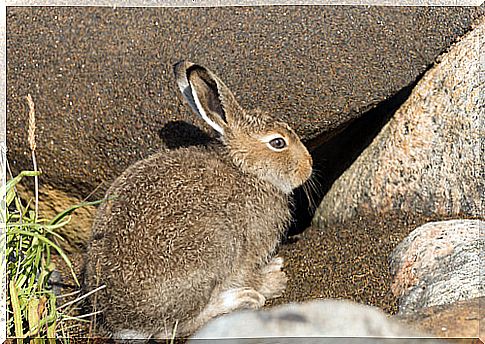
The hare is a mammal from the same family as rabbits. Its sport hunting is popular in some places in Europe and South America. This practice has become the main reason why it is in danger of extinction.
Despite their fame for being great reproducers, the species of hare have declined considerably and environmental alerts have been activated for the rescue of this animal. For this it is important to take actions that reduce the impact of man on their habitat.
The hare
Hares can weigh between three and four kilograms and their size varies according to the type of species. The same happens with the color and length of their fur, which they use to camouflage themselves against possible predators.
There are around 80 species of ‘lagomorphs’, the name given to this type of mammal. In Spain we find several different species, while in America, Asia and Africa –especially in South Africa– we find others with their specific characteristics.
Unlike rabbits, the physiognomy of hares is much more stylized; they have longer legs and thus be faster, and the same goes for their ears. Due to these special characteristics, in times past they were used as lures in greyhound racing.
Habits of the endangered hare
Hares feed exclusively on plants and vegetables. The type of species also indicates where they live. Some are found in wooded areas, valleys, and mountains; normally, we will find them in large areas of land.
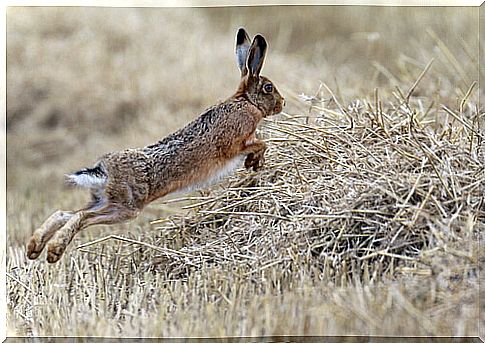
They are solitary animals that live in underground burrows and are grouped only during the mating season. Although they can be fast, their foraging routine makes them easy prey for eagles and lynxes; they are also the preferred food of wolves and foxes.
Another common habit of the endangered hare is to settle in agricultural areas, where they are considered pests for feeding on crops. These crop damage have led many farmers to take action against these animals.
Why is the hare in danger of extinction
Many reasons can be listed why the hare is in danger of extinction. However, most have to do with the action of man on the ecosystem. The main reasons are:
- The hunt. It represents the number one cause of the danger of extinction of the hare. Although some countries have taken steps to control this sport, they continue to be the victims of indiscriminate hunting.
- Hare habitat alteration. As a consequence of the extension of agriculture and livestock in places habitually inhabited by these animals.
- Actions such as preparation and mountain livestock have forced hares to migrate to other areas where it is more difficult for them to survive. Also the use of pesticides.
- Chemicals and traps contribute to the extinction of this animal.
- Extermination measures. In some countries, lagomorphs are considered a pest. Especially in agricultural areas. This has led man to use methods to kill the species, which permanently alter the balance of the ecosystem.

How the extinction of the hare can be prevented
- Strict controls on hare hunting. Although many countries have regulations for hunting animals, it is important to ensure compliance with the regulations.
- Any type of indiscriminate hunting alters the natural cycle of the ecosystem. When a species diminishes, the feeding habits of other animals are also changed; so much so, that they put them in danger of extinction.
- Preserve the habitat. It is important to delimit the spaces intended for agriculture, as well as the grazing and location of livestock. Like the sanitary controls of the herds to avoid epidemics due to diseases.
- One of the problems in the extinction of the hare is that the cattle also eat the bushes. Under this type of vegetation, hares seek refuge and protect themselves from the attack of their predators. Exposure to other species has also made hares more likely to contract diseases.
- Contribute to the reproduction of the animal. The hare can produce from three to nine young in one birth and have up to four litters in the same year. The development of hare breeding farms will undoubtedly help reduce the danger of extinction.

